I received a COMPLIMENTARY copy of this curriculum from the Timberdoodle in exchange for my honest opinion. I was not required to write a positive review, nor was I compensated in any other way. This post contains affiliate links. Please see my Terms of Use and Disclosure Policy page for more information. Thank you.
How do you teach history in your homeschool? There are so many great ways to incorporate the study of the past. No matter what your child's learning style, I have found that Discover! Social Studies 6 offers you lessons, ideas, and more to help meet your child's needs and abilities.
What is the Discover! Social Studies series?
It is included in the 2023 non-religious 6th-grade curriculum kit from Timberdoodle. But just because it is in the non-religious kit doesn't mean that there is no talk of religion. Religion is interwoven in all societies you will be studying about. When studying Ancient Egypt, there is a lesson on the religious practices, which introduces the polytheistic nature of their religion and mummification. In the chapter on Ancient Israel, your child will read about the Tabernacle, Moses, Passover, and a few other key details of the Hebrew religion.
Each chapter has several lessons and a chapter review. When looking at Chapter 5: Ancient India, your child will study:
- Harappan Civilization (one of the earliest Ancient Indian civilizations; it was highly advanced but disappeared for unknown reasons)
- Ancient Indian Caste System (Aryans and the Vedas are introduced; a chart depicting the castes and their locations, as well as their Hindu names, is included)
- Buddhism in Ancient India (information about Siddhartha and a comparison of Buddhism, Christianity, and Hinduism in a Venn Diagram is included)
- Language in Ancient India (a look at the languages and spread of different languages)
- Mauryan Empire (learn about the great leaders like Ashoka and Chandragupta Maurya)
What topics are included in Discover! Social Studies 6?
The focus of Discover! Social Studies 6 is the study of ancient civilizations. Your child starts by learning about the themes of World History and how they will apply that to ancient civilizations. Then, it moves forward to learning about the characteristics of civilizations by looking at Sumer and Mesopotamia.
Chapters include the following civilizations:
- Ancient Egypt
- Ancient Israel
- Ancient India
- Ancient China
- Ancient Greece
- Ancient Rome
- Mesoamerica (Olmec, Mayan, Aztec)
- Ancient Africa (Aksum, Ghana, Mali, Songhai, Shona)
History in Your Homeschool: Bringing it to Life
In addition to readings and questions that promote critical thinking, there are real-world applications and activities that help bring history to life. From simple activities such as burying an object in the backyard so your child can see what it is like to be an archaeologist to exploring the movement of languages through the world, "in the real world" sections provide your child with a unique way to study history. This application allows your child to study things that might interest them outside of the history curriculum such as architecture, art, or military strategy.
Other activities include creating a timeline to show the kingdoms of Ancient Egypt, explaining how Passover is celebrated, and researching different mountains to compare their similarities and differences. Each lesson also has academic vocabulary to study and a review of the material studied. When they are finished with each chapter, there is an assessment available in the teacher's guide that can be a test.
Our Thoughts on Discover! Social Studies 6
As a former world history teacher, I was very happy to see how this curriculum is laid out. The introductory chapter was well thought out and allowed for great conversations about civilizations and how we can study history in general. Except for the chapter assessment and confirming a few answers, I haven't really used the Instructor Guide too much.
I have enjoyed discussing the ancient civilizations with my fifth grader that I used to teach to ninth graders. It's amazing how homeschooling allows one to teach such a wide variety of topics. So while this curriculum is written for sixth grade, you could use it with a younger or older child depending upon their skills or what area of history you wish to pursue.
When I asked our son his opinion, he said, "I like it." He does struggle sometimes with answering the questions in detail but when that occurs, we usually talk about the answer instead of just focusing on writing it down. So there are lots of ways you can use this in your homeschool.
Discover! Social Studies 6 allows families to bring history into their homeschool in a more structured way. So if your homeschool and children thrive on structure, I recommend you check out this curriculum.
Are you looking for more resources from Timberdoodle?
- Thinking Critically and Creatively: A Review of Critical & Creative Thinking Activities
- Adding Writing Into Our Curriculum: A Review of Daily 6-Trait Writing Grade 3
- Dice, Decks, and Boards: Penguins Huddle Up™ Game
- Including Geography in Your Homeschool: A Review of Skill Sharpeners Geography - Grade 2
- Supplementing Fifth Grade with a Geography Workbook

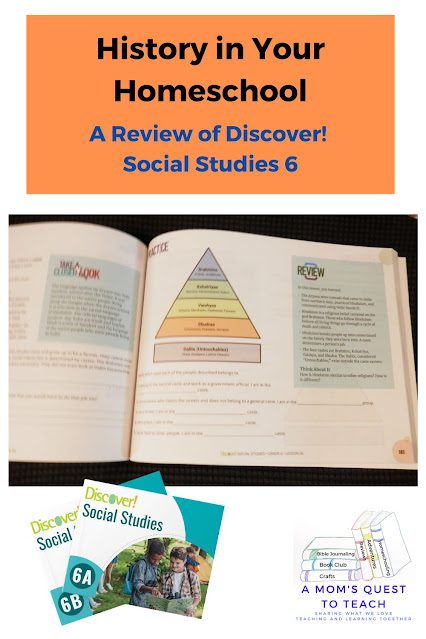



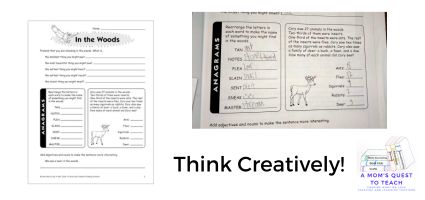



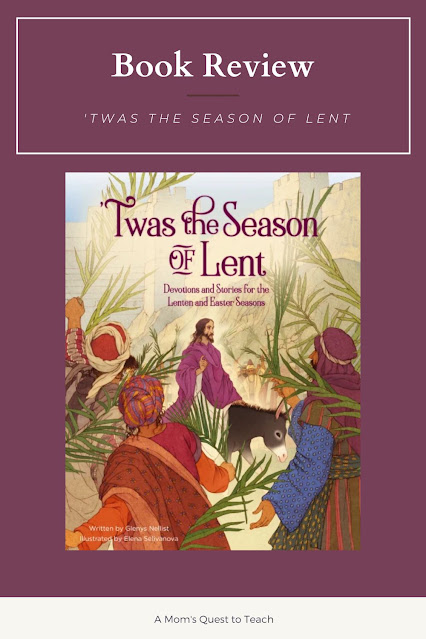

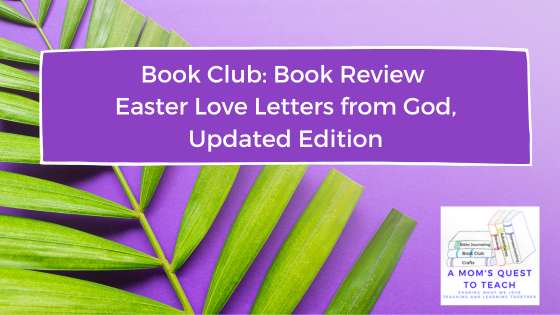


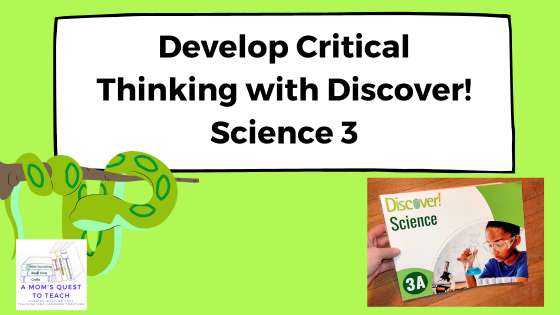
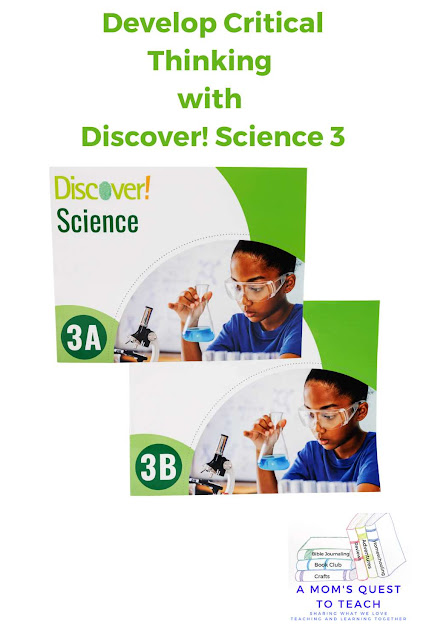
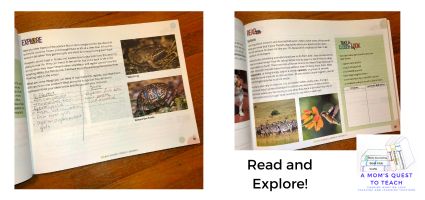
.jpg)


